Design Drivers
A series of recurring themes and ideas emerged from the input provided by stakeholders during the project’s engagement events. These themes have helped to shape the Vision and Planning Principles and provide a clear direction and rationale for the Plan’s design and policy frameworks. They consider the opportunities identified through the existing conditions and space planning analysis; addressing shifting trends in post secondary education; and responding to the objectives outlined in this chapter.
They are the key drivers that will move Brandon University in a new and exciting direction, responding to a diversity of student, academic, community and City needs.
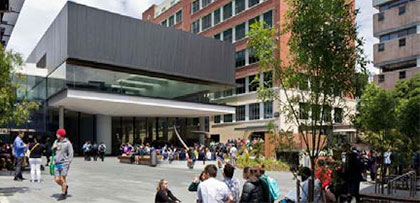
A University District
- Support the growth of a complete University District that is integrated with the surrounding community, serving as an anchor and hub of activity and animation within the city.
- Maintain and support the Campus’ intimate-scale, fostering a closeknit community.
- Create a student-centred institution supporting opportunities and initiatives to evolve as a centre for innovative research and creative learning.
- Position BU, including the main campus and the downtown campus, as a hub of activity and catalyst for positive change in Brandon.
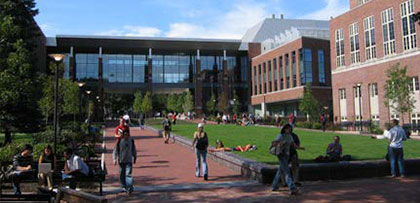
Inviting and Accessible
- Take down physical barriers, such as landscaping (i.e. hedges), that keep the University from being visible and accessible by the surrounding community.
- Redefine the Campus entrance to make it more prominent and evident.
- Enhance pedestrian safety by locating crossings at key intersections, and prioritizing pedestrian movement on internal Campus streets.
- Improve internal and external connectivity between campus buildings and to the surrounding community.
- Provide spaces and services to support people from a diversity of social, economic, and cultural backgrounds.
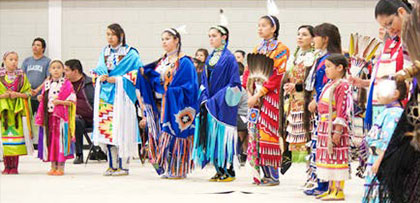
Indigenization of the Campus
- Celebrate Indigenous people’s history and culture on campus with programs and events, and through the design of open spaces, buildings, and art.
- Support the Indigenous community by creating welcoming and inclusive spaces on campus.
- Create opportunities to strengthen the Indigenous presence within the University body.
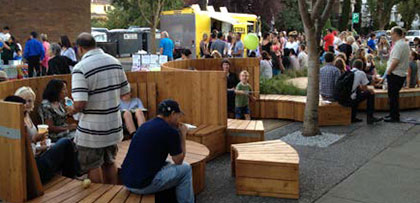
Community Engagement
- Find new ways to engage the community and encourage their use and enjoyment of the Campus, and enhance the University’s role in community growth and interaction.
- Forge new partnerships with private and public sector entities to create new programs, spaces, activities, and opportunities for students.
- Create better connections between BU’s Main Campus and Downtown Campus, such as through a “University Mile” consisting of retail, restaurants, and pubs.
- Create an environment that contributes to the University-town feel.
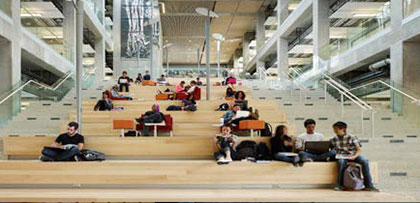
Places for Social Gathering
- Enhance student life and encourage student activity, especially after hours, by providing more indoor and outdoor spaces for informal study, social interaction, and passive recreation.
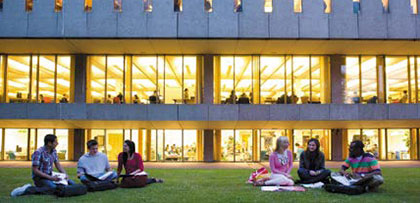
24/7 Campus
- Create an animated environment by facilitating student, community, and city activities, events, and programming during the day, evenings, and throughout the year.
- Create flexible indoor gathering spaces and outdoor open spaces to accommodate a diversity of uses.
- Coordinate recreational events with other institutions such as elementary schools, to be held on campus.
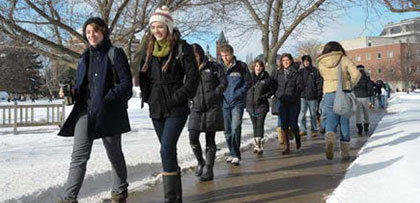
A Walkable and Active Campus
- Prioritize walkability with a network of accessible sidewalks and pathways, to support active living and healthy lifestyles.
- Improve wayfinding and make it easier for visitors and newcomers to the Campus to find their way around.
- Provide alternate options of parking and travel for commuters that travel by car.
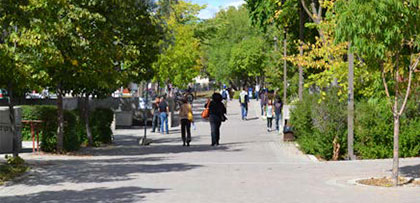
A Central Spine
- Re-establish the north-south and east-west pedestrian corridors that defined the Campus’ original design.
- Create a connected network of open spaces that link to the corridors.
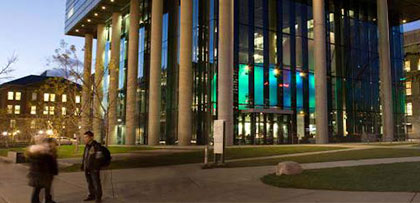
Campus Design and Identity
- Enhance the aesthetic appeal of the Campus through engaging architecture and beautiful and inviting open spaces.
- Create a stronger sense of place and arrival on campus with gateway buildings, art, landscaping, and landmark features.
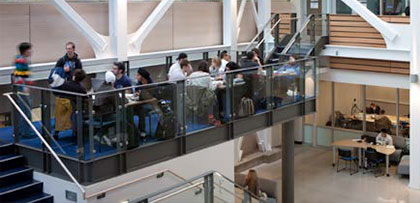
Optimizing Campus Resources
- Optimize the use of existing Campus lands and buildings.
- Create spaces that are flexible and can respond to various forms of teaching, collaboration, and growth over time.
- Create spaces that accommodate virtual connections to the University’s Winnipeg campus for shared learning.
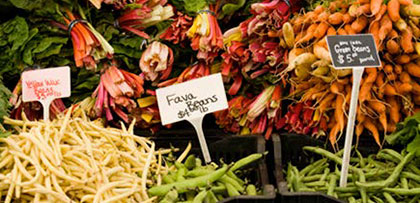
Supporting Healthy Choices
- Diversify the selection of food services to offer healthy and nutritious options.
- Continue to provide recreation, housing, and health service options that will facilitate people’s overall wellness.
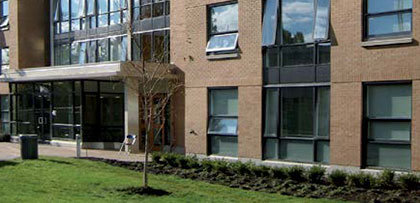
Housing Supply
- Create more housing options, both on and off campus, to accommodate a variety of student needs and community groups.
- Refurbish existing student residences, including family and mixed-use residential accommodation, to meet student needs, enhance student housing experiences, and foster student engagement and socialization.
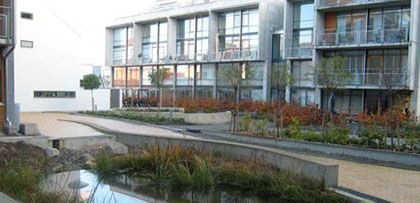
Resilience and Adaptability
- Plan for long-term sustainability using a multi-faceted and resilient approach to physical campus development that accommodates longterm future growth, flexibility, and adaptability.
- Recognize the importance of financial, environmental, and social considerations.
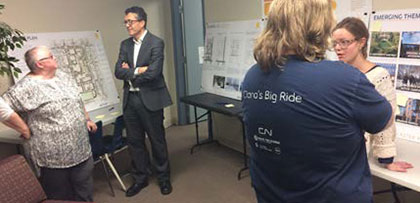
Ongoing Engagement
- Foster an ongoing engagement process that is inclusive of a diversity of voices.
- Host a continued, meaningful, and productive conversation towards achieving Brandon University Campus Master Plan goals, objectives, and implementation.
